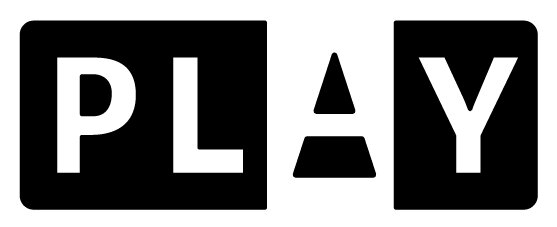EVERY CHILD IS AN ARTIST
www.soccerbible.com/
Conceptual artist Dario Escobar’s large-scale installations made from sports equipment are not purely about play: Escobar uses these popular recreational objects to look at Guatamala’s history and culture in a global context. In this vein, Escobar’s work famously uses common and mass-produced materials (like motor oil, bicycle tires, or soccer balls) in conjunction with traditional Guatemalan artisanal techniques and mythological references. Escobar modifies and shapes these found objects and artifacts of material culture into abstract forms that belong to two time periods simultaneously.
Creating art expands a child’s ability to interact with the world around them, and provides a new set of skills for self-expression and communication. Not only does art help to develop the right side of the brain, it also cultivates important skills that benefit a child’s development.
Your children will gain useful life skills through art, so encourage them to get creative, and you will quickly see that your children are picking up these skills:
Communication Skills: When a child draws a picture, paints a portrait, or hangs buttons from a wobbly mobile, that child is beginning to communicate visually. Art goes beyond verbal language to communicate feelings that might not otherwise be expressed.
Problem-Solving Skills: When children explore art ideas, they are testing possibilities and working through challenges. Art allows children to make their own assessments, while also teaching them that a problem may have more than one answer.
Social & Emotional Skills: Art helps children come to terms with themselves and the control they have over their efforts. Through art, they also practice sharing and taking turns, as well as appreciating one another’s efforts. Art fosters positive mental health by allowing a child to show individual uniqueness as well as success and accomplishment, all part of a positive self-concept.
Fine Motor Skills: Fine motor skills enable a child do things like delicately turn the page of a book or fill in a sheet of paper with written words. Holding a paintbrush so that it will make the desired marks, snipping paper with scissors into definite shapes, drawing with a crayon, or squeezing glue from a bottle in a controlled manner all help develop a child’s fine motor skills and control of materials.
Self-Expression and Creativity
Children express themselves through art on a fundamental level. Sometimes their artwork is the manifestation of that expression, but more often, the physical process of creating is the expression. Art also develops a child’s creativity. Rather than being told what to do, answers and directions come from the child. Art is an experience that requires freethinking, experimentation, and analysis — all part of creativity.
It is important, however, to separate the notion of “talent” from “creativity” — a child does not have to create a masterpiece to have a meaningful artistic experience. Art is a process, not a product.

